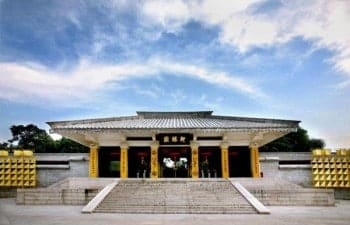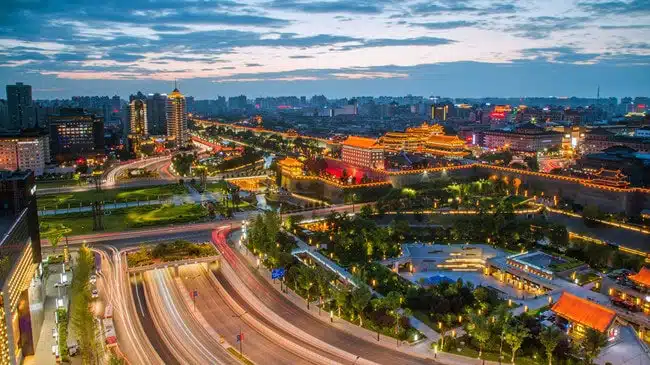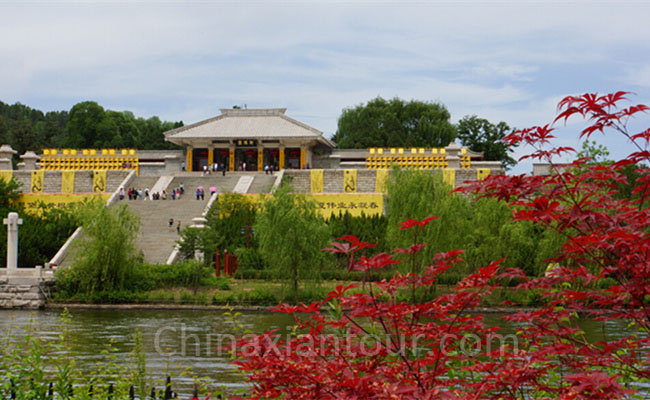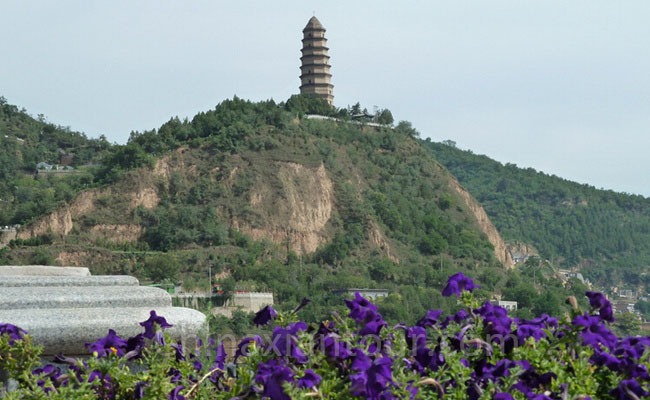The Yellow Emperor (2717 BC – 2599 BC), the common master of the Chinese nation in ancient times, is respected as the “founder of humanity” of China. His surname was Gongsun at first, later changed to Ji, with given name being Xuanyuan, so people also call him Ji Xuanyuan. The Yellow Emperor(Huangdi) is remembered…
This part is our explanation of some most asked questions. If you are interested in some “strange thing” about Xian, please let us know and CONTACT US, then your questions and our answer will appear in this part soon.
Chinese people believe that each place has its own way to nurture the inhabitants. In broad and extensive China, the differences of living or eating habits between north and south are quite conspicuous, many of which are usually seen as funny jokes making people laugh out loud. First and foremost, the staple food of…
Xi’an, as the capital city of Shaanxi province, is the most beautiful and historical city in west China, and in history, she was the traditional capital city of 13 dynasties.
After Li Shimin took over the throne he changed his year of reign to be “Zhenguan. ” And what we call the ” Reign of Zhenguan” refers to the achievements made politically and socially in the very period.
The Mausoleum of the Yellow Emperor covers an area of around 4 square kilometers,which embraced by green waters and hills is densely canopied with junipers in verdant but with a road leading directly the front of the tomb. Erected at the hilltop is a stone-tablet known as “Off Ho…
Ranging some 20 kilometers away to the southeast of Yan’an City it towers over 1,500 meters above the sea level. Covering an area around 70 hectares the hill is spread with lushly growing trees and many kinds of rare plants and flowers.
Towering on the top of the Jialing Hill across the Yan River in the south of the city of Yan’an the pagoda was initially built in the Tang Dynasty.
Towering to the north of the Yan’an City the Fresh and Cool Hill comes to form a tripod shape opposite the Pagoda Hill on the other side of the Yan River. At the foothill there are some stone-carving objects centering round the Ten thousand Buddha Cave.

















